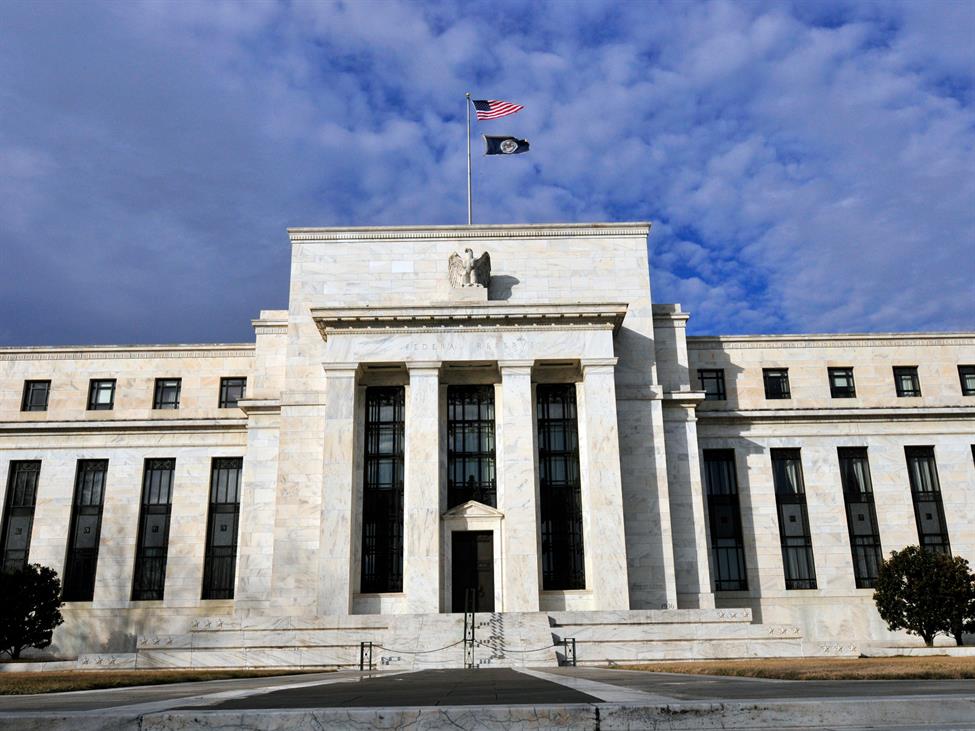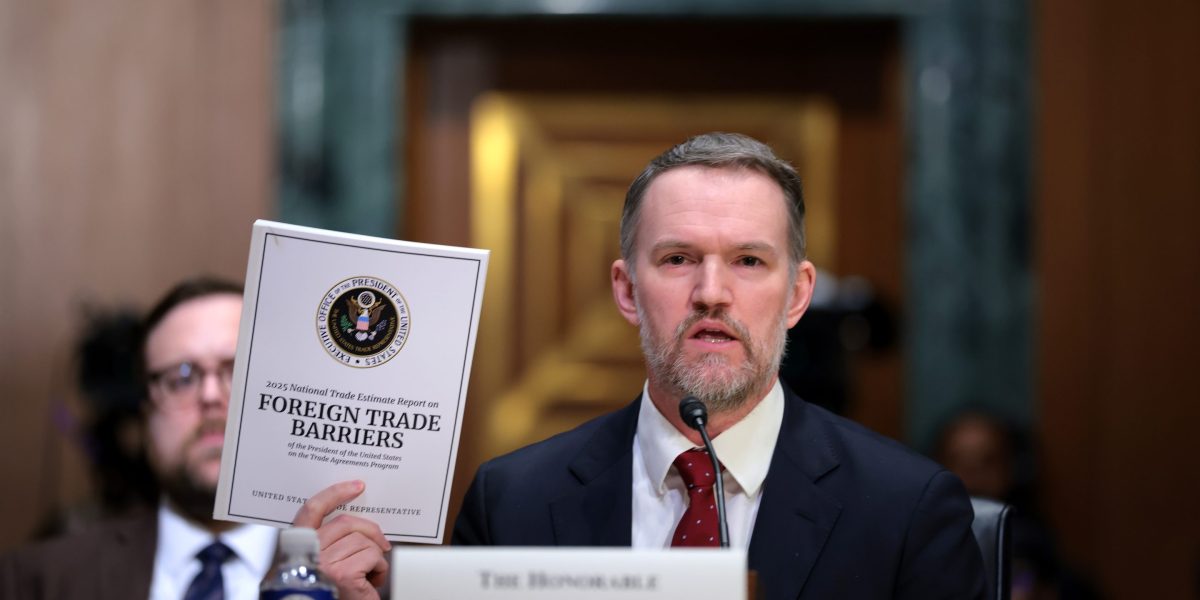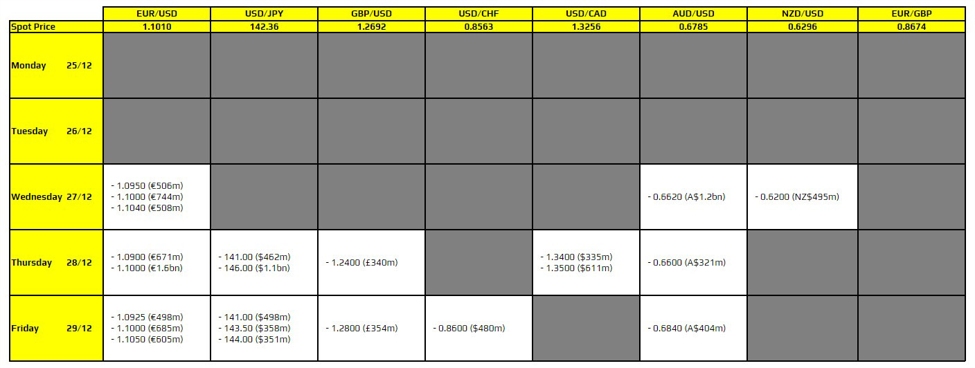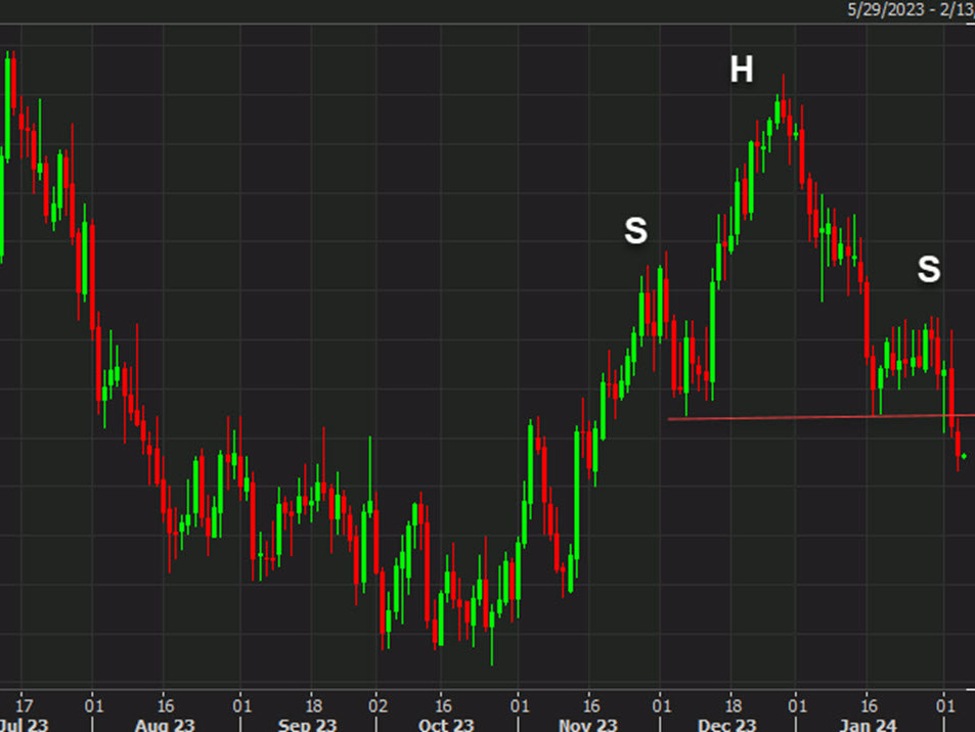Snippet from Morgan Stanley on the expected impact of Trump’s tariffs in the months ahead, in brief. Bolding is mine:
- U.S. import data in May showed that the effective tariff rate was at 8.3%, much lower than Morgan Stanley’s baseline estimate of a rate in the low- to mid-teens, but there should be a convergence to the forecast in June and July.
- Shipping delays, higher-than-expected USMCA imports from Mexico and Canada, and a sharp drop in purchases from China are among the reasons for the lower-than-expected rate.
- As data for June and July are likely to show a higher effective tariff rate, the pass through to U.S. inflation should be more apparent. Historically, the real impact on consumer prices appears three to five months after the tariff implementation, and the knock-on to growth comes one quarter later.
- “We expect tariffs could add up to 1 percentage point in prices in the coming months before subsiding as demand softens in reaction”
—
The generally accepted impact of tariffs are they are a ‘one-off’ addition to inflation and then inflation subsides back to its previous path. Which seems reasonable. Do note, though, that this is subject to debate amongst the folks that matter …. Federal Reserve officials. Dallas Fed President Logan provided a quck view thorugh the window into the debate in comments a couple of weeks back:
Over the weekend we heard from NY Fed head Willaims:
In a nutshell Williams said that if the data indicate a rate cut is appropriate he’d be sopen to doing so. I klnow some folks are hanging a lot onto this reasoning from Williams but I would humbly point out that ‘data dependence’ from Fed officials (and other central bankers) is not new news. What the **** else would Williams say???















